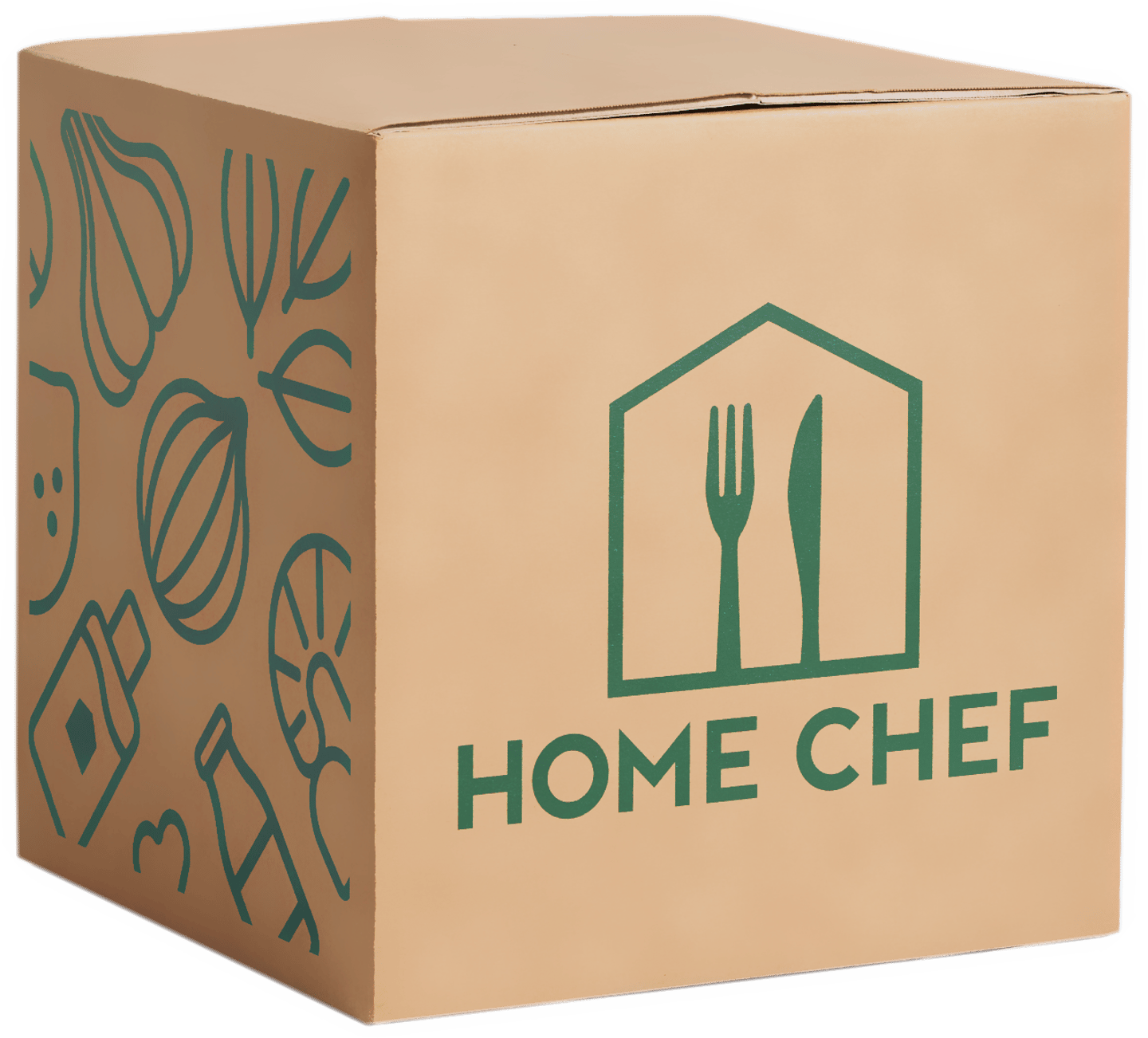Q&A: Home Chef CEO Gives Company Overview
Earlier this month, Home Chef, the Kroger-owned meal kit brand, announced plans to open its fourth production facility this summer in Baltimore, Md.
Located at 1701 East Patapsco Avenue, the new faciliity will create more than 500 jobs in the city by 2024, and will be Home Chef’s first East Coast site to provide meals to the company’s growing customer base. The new Baltimore facility will be Home Chef’s largest by volume, accounting for more than 30% of Home Chef’s meal solutions delivered nationwide, according to the company.
Amid continued growth for the company, Home Chef CEO Erik Jensen spoke with Store Brands about future growth, meal kit demand post-COVID-19, what types of products are trending and more.
STORE BRANDS: Describe the current state of the market for meal kits and prepared food following the COVID-19 pandemic. Has there been a steady demand for Home Chef meals, or has it dipped at all?
Erik Jensen: Like many direct-to-consumer companies during the pandemic, Home Chef experienced accelerated customer growth during the pandemic with more people spending time at home and reconnecting with cooking at home.
Though Home Chef’s new customer acquisition volume is down from peak pandemic timeframes, as our teams projected, our acquisition is still higher than it was pre-pandemic. It’s important to note we are finding that many of those customers who were introduced to Home Chef during the pandemic have high loyalty, so we’re seeing a larger volume of people stay with Home Chef for longer periods of time.
In addition, Home Chef customers’ average order value has been steadily increasing since early 2022, and our customer retention is also higher than projected – so those who are continuing to prepare meals at home are ordering more and taking advantage of our variety of meal types and Extras, like snacks, protein packs, beverages and more.
Overall, we believe the key to staying relevant in the meal kit market is product innovation that meets the needs of customers post-pandemic. As customers’ schedules become busier, Home Chef is developing new products that put convenience and ease in the forefront.
SB: What demographic does Home Chef cater to the most? Is there an age group or other demographic that buys Home Chef kits more than others?
JENSEN: Home Chef doesn’t cater to just one demographic or consumer cohort, because we make meal solutions that fit varying cooking routines and lifestyles. Meal time decision makers can look different across households, and Home Chef has a variety of meal options that cater to many customers, from minimal-mess Oven-Ready meals to accessible Family meals, Culinary Collection meals for more adventurous cooks and our classic meal kits available both online and in Kroger banner stores nationwide.
Home Chef’s customer data supports this broader range of home cooks that enjoy our products, with customers between 24 and 55 years old showing strong demand for our meal solutions.
SB: How does Home Chef go about developing new products? What flavors are trending currently?
JENSEN: Home Chef has a culinary team dedicated to the ideation and creation of new, delicious recipes. Our chefs and menu strategists are always thinking of new recipes and ways to revamp favorites to make them even more delectable. They test and taste dozens of recipes a week, working collaboratively to determine what will work best on the menu from a culinary standpoint.
Home Chef uses a data-driven approach to guide recipe development for new products. When creating new recipes that are both delicious and easy-to-make, Home Chef’s culinary team has a number of factors to consider that go beyond just finding flavors our customers love. Those considerations include customer feedback, nutritional guardrails, number of ingredients and cookware needed, cook time, seasonal ingredients, difficulty level, and more. Home Chef also sends new products and recipes to a select group of customers to BETA test – this allows us to receive early feedback which our team incorporates into product development.
Currently, we’re seeing a variety of food trends based on customer feedback and recent popular meals on our menu. Our culinary team has been busy spicing up familiar favorites, and our customers are really enjoying our new ingredients that may not be pantry staples in their households, such as harissa which we have been adding to the menu with more frequency for smoky, spicy flavor. Home Chef’s Moroccan-Style Harissa Shrimp, one of the recipes that appeared on our online menu recently, received high ratings from customers who tried it.
We have also noticed increased demand for veggie-forward meals, which prompted us to increase the number of vegetarian meals on our weekly rotating menu from between one and two to six per week. Whether it's in the name of sustainability, health or taste preferences, our customers have asked for more vegetarian meals and we are developing more of those recipes to meet their needs.
In a similar vein, we’ve also heard consumers’ calls for more wellness-minded meals, so we’ve answered that demand by expanding Home Chef’s Fresh Start offerings – which are recipes that are both calorie- and carb-conscious. Our menu now has 10 or more of those nourishing Fresh Start recipes on the menu each week.
This larger trend of making more balanced meals when cooking at home is something Home Chef is continuing to iterate on with our culinary team, and we plan to offer even more health-minded meals as the year progresses.
SB: Are shipping and fuel costs impacting how customers purchase Home Chef? Are more shoppers opting for the in-store options instead of ordering online?
JENSEN: Like our customers and the general public, Home Chef has been affected by rising shipping, fuel and food costs, three major inputs of our business. Luckily, Home Chef has largely been able to mitigate those rising costs through tactics like menu design and proactive management of our supply chain. Home Chef has been able to keep the rates at which our prices increased lower than that of the rise in fuel, food and other areas affected by inflation.
Home Chef also recently announced the upcoming opening of our fourth production and distribution facility in Baltimore. This facility will be our first in the northeastern part of the country, which will put Home Chef closer to our east coast customers, reducing shipping costs significantly.
By mitigating the rising costs, we allow customers to cook with Home Chef in whatever way works best for them. If they want to save some money on gas getting to the grocery store, then they can have our meals delivered straight to their doors. And if they are already out running errands and want to grab some of our in-store products to make their shopping trip shorter and dinner easier, then the retail option is available as well.
All in all, mitigating higher costs across the board has allowed us to continue to provide value to customers both in retail and e-commerce.




